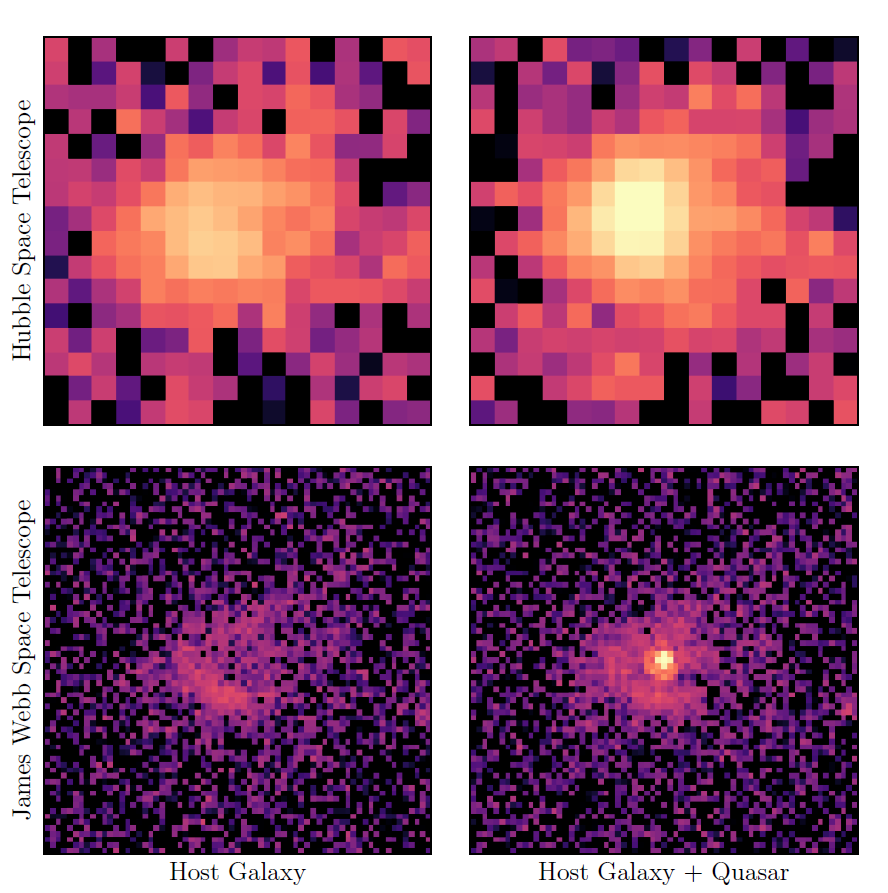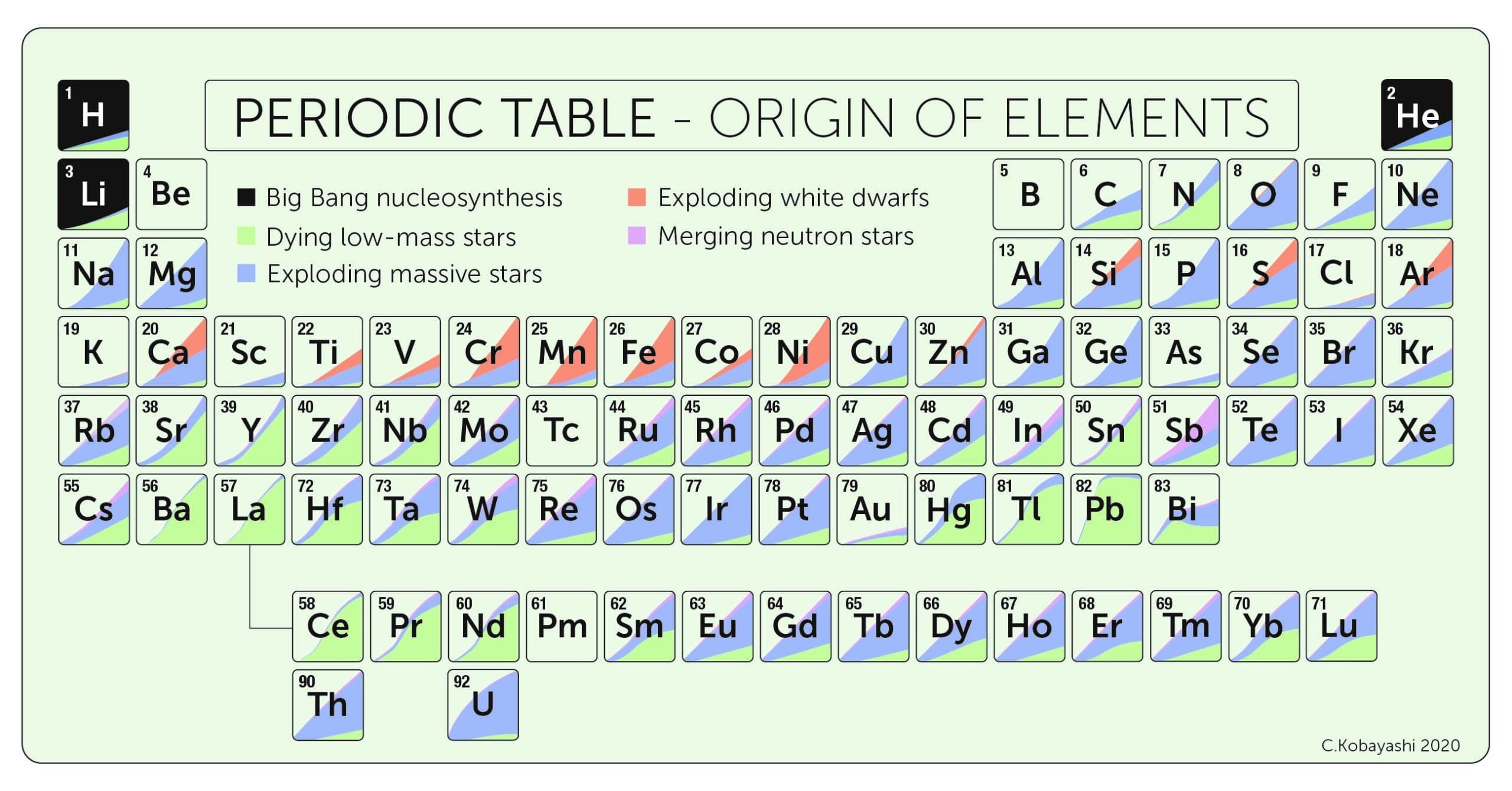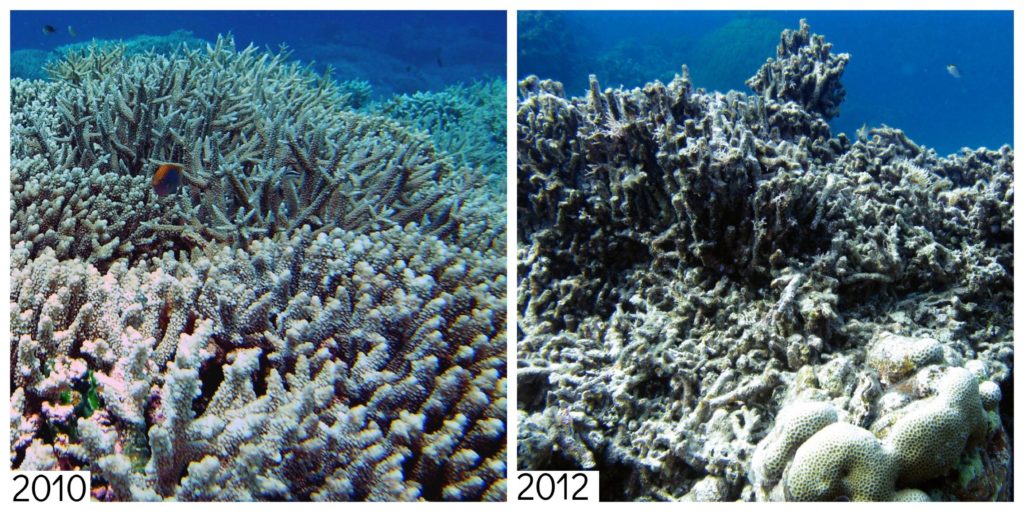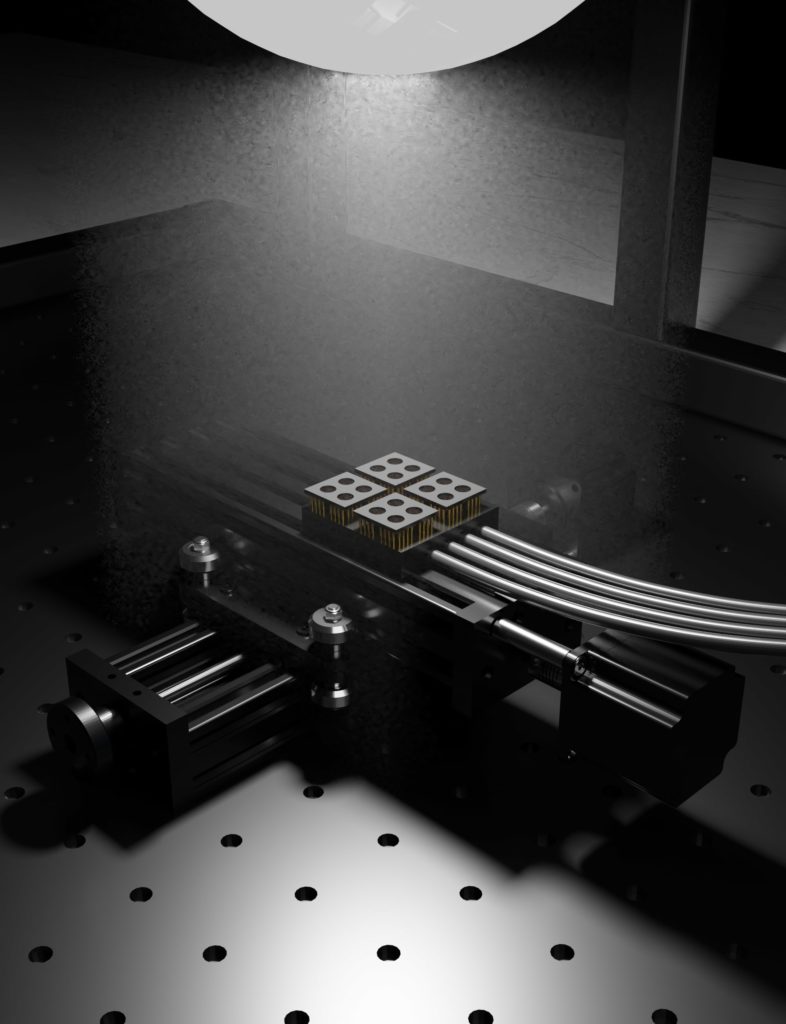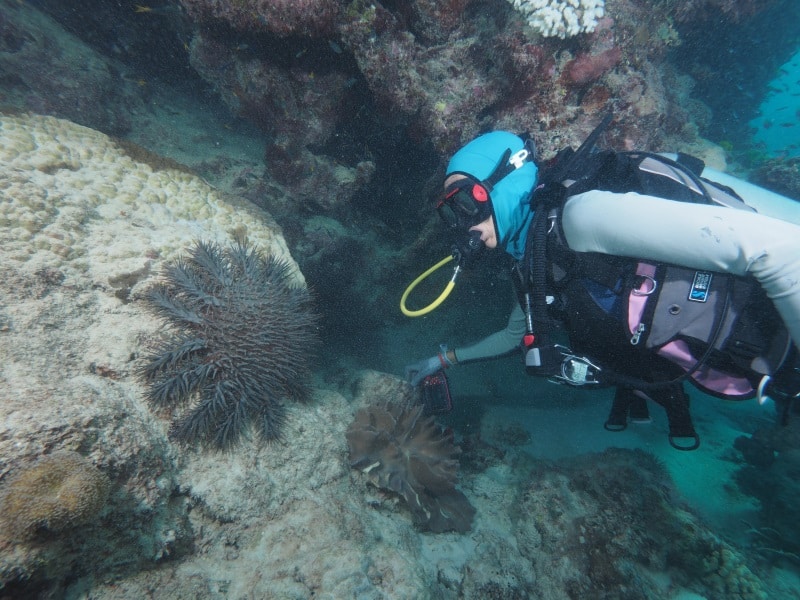Australian-led GALAH project releases chemical information for 600,000 stars.
How do stars destroy lithium? Was a drastic change in the shape of the Milky Way caused by the sudden arrival of millions of stellar stowaways?
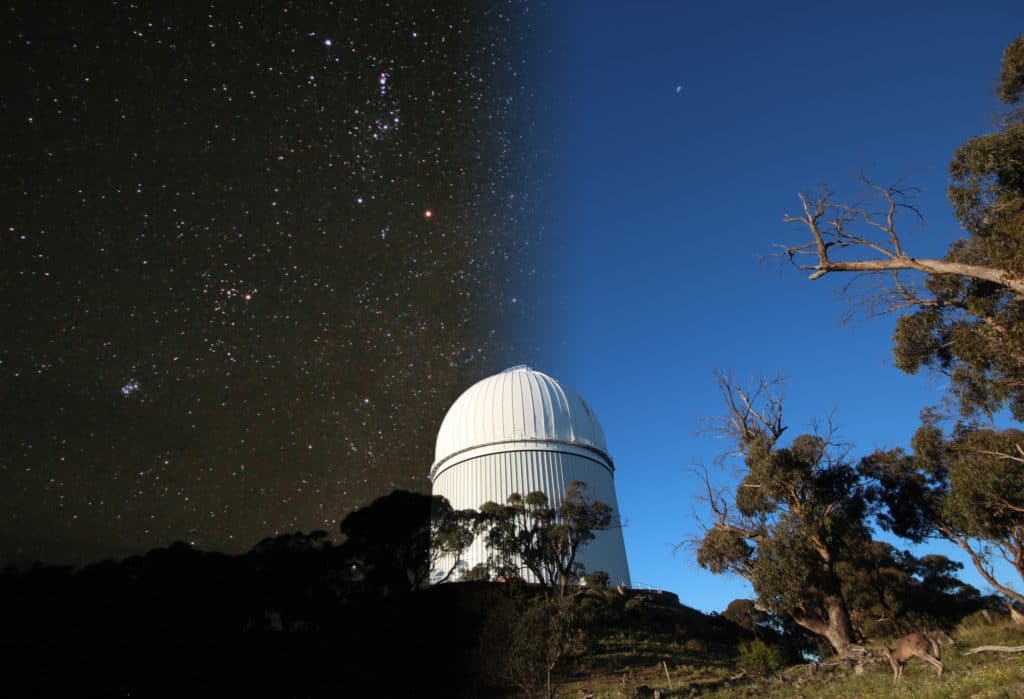
These are just a couple of the astronomical questions likely to be answered following the release today of ‘GALAH DR3’, the largest set of stellar chemical data ever compiled.
The data, comprising more than 500 GB of information gleaned from more than 30 million individual measurements, was gathered by astronomers including Sven Buder, Sarah Martell and Sanjib Sharma from Australia’s ARC Centre of Excellence in All Sky Astrophysics in 3 Dimensions (ASTRO 3D) using the Anglo Australian Telescope (AAT) at the Australian Astronomical Observatory at Siding Spring in rural New South Wales.
Continue reading Playing detective on a galactic scale: huge new dataset will solve multiple Milky Way mysteries


